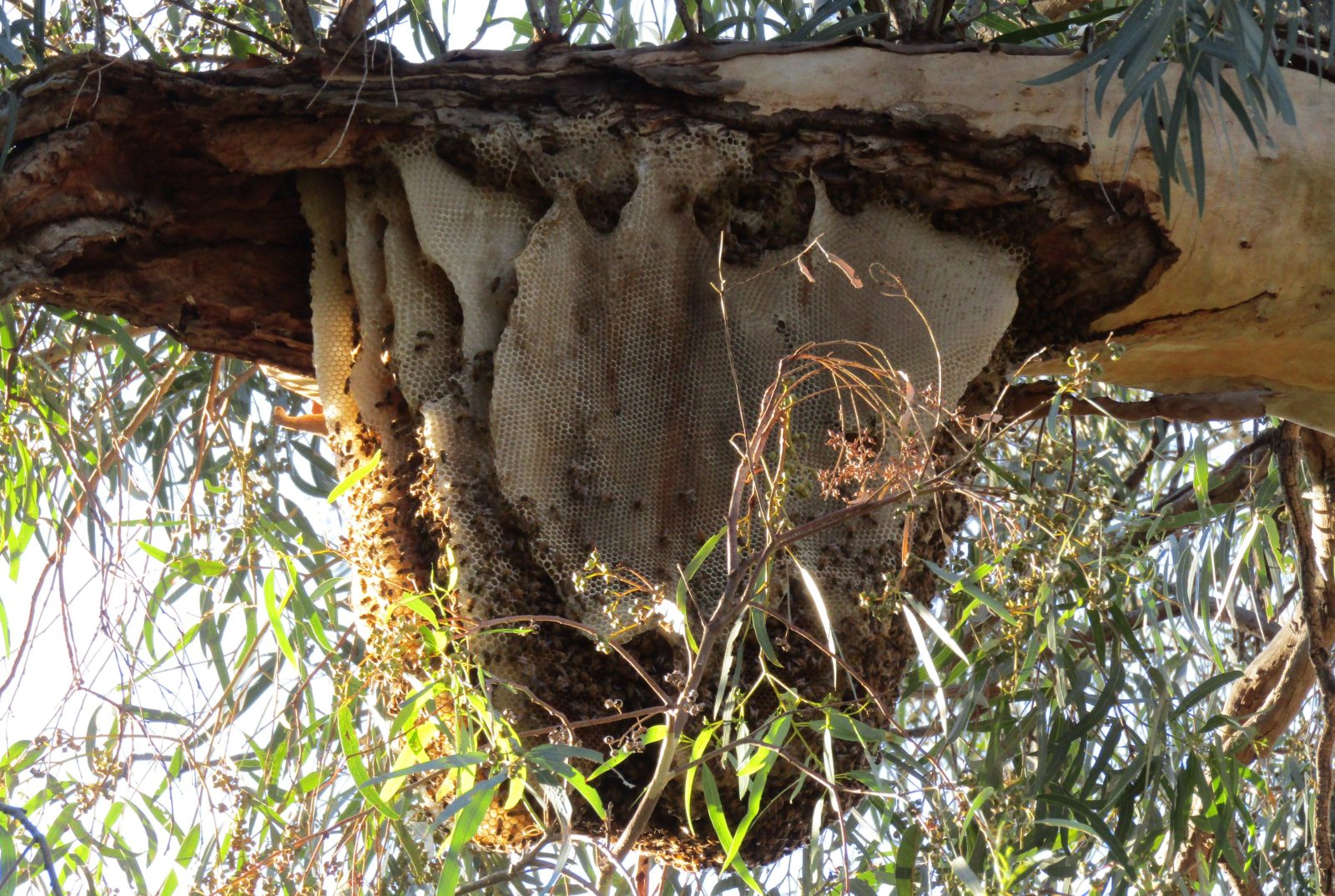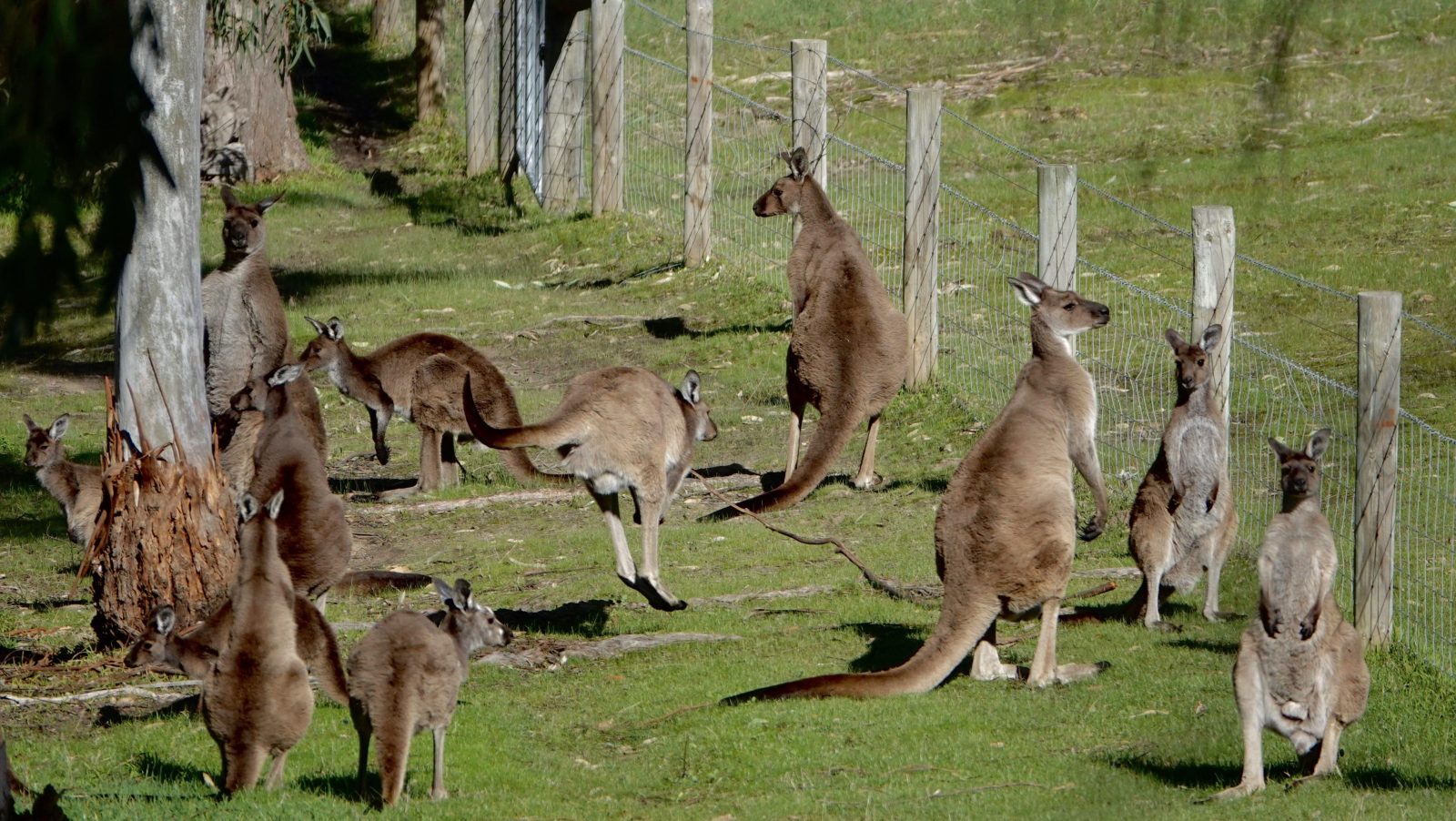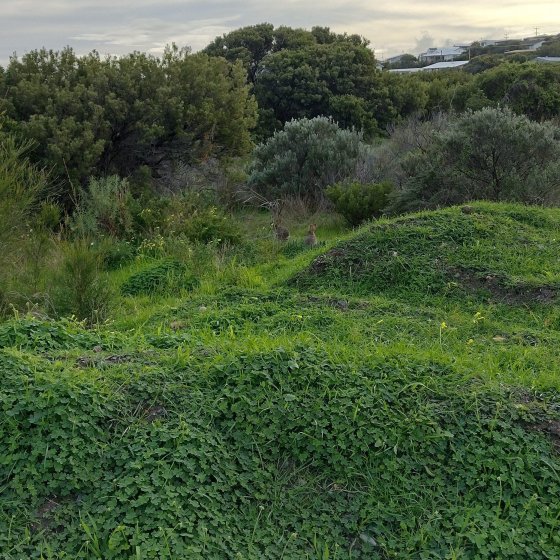- Home
- Environmental Themes
- Land
- Pressures and Responses
- Pest Species & Diseases
Pest Species & Diseases
Introduced Species
Pressures
- Climate change.
- Introduced non-native plants and animals, including:
- grazers, eg deer, goats, camels and donkeys
- predators, eg cats, wild dogs and foxes
- weeds, eg Buffel Grass.
- Introduction of diseases and parasites.
Impacts
- Potential for increased occurrence and changes in distribution of invasive species with climate change.
- Feral species can outcompete native animals for habitat, shelter and food and, therefore, impact biodiversity.
- Feral grazers degrade land by preventing regeneration of native vegetation and impacting vulnerable ecosystems. They also cause damage to pastures, crops and fences, which can impact the productivity of our primary industries.
- Feral predators kill native wildlife and livestock. For example, feral cats in natural habitats in Australia are responsible for killing an estimated 1,645 million vertebrate animals per year, 78% of them being native species, which is 791 animals per feral cat per year. This number is a little less for feral cats in urban environments, being 323 million animals (449 per cat), and our domestic pet cat is responsible for around 391 million animal deaths, with 62% being native species (which is 186 animals per domestic cat).
- Feral species of plants out-compete and smother native vegetation. Some species of weeds also increase the risk of fires, for example, Buffel Grass.
Responses
- PIRSA’s invasive species unit and Landscape Boards support landholders in managing pest animals and prevent new pests from establishing populations.
- Eradication programs, including feral pigs from Kangaroo Island ($5.9 million over 4 years), deer (funded $4 million over 4 years at this stage), wild dog eradication (funded $3 million over 4 years at this stage), feral cats on Kangaroo Island and weed control programs (Kangaroo Island and Eyre Peninsula agricultural areas, $4 million over 5 years).
- PIRSA’s biosecurity division oversees animal and plant health and supports the management of pest animals and weeds declared under the Landscape Act with Landscape SA.
- Recent funding has been provided to manage biosecurity threats to rangeland landscapes.
- A strategic plan has been developed to manage Buffel Grass.
- National strategies have been developed to address weed and pest animal issues.
- The National Priority List of Exotic Environmental Pests, Weeds and Diseases was released in November 2020 and contains 168 exotic species of significant environmental and social amenity risk to Australia. These species are not currently present in Australia, but have a known or potential pathway into Australia and have the potential to establish and spread in Australia if they arrive on our shores.
- Reporting of feral species via feralSCAN.
- Dog and Cat Management Board oversees the registration and management of dogs and cats.
Opportunities
- Monitoring and/or systems in place to support the early detection of pest species. This will enable us to respond accordingly and have a great chance of controlling or eradicating pest species.

Overabundance of Native Species
Pressures
- Overabundance of native species, for example, kangaroos and Little Corellas. Overabundant native species are those that are occurring in population volumes significantly greater than would occur in natural environmental conditions.
Impacts
- Overgrazing and destruction of natural habitat and vegetation.
- Damage or fouling of cultural heritage sites.
- Destruction to crops, stock and infrastructure.
- Impact on welfare of kangaroos as they may starve or die of thirst due to lack of food and water during dry weather conditions.
Responses
- Parliamentary enquiry into management of overabundance of species.
- Management strategies provided by DEW for the management of Little Corellas. Many councils are also adapting their own strategies, for example (but not limited to) Alexandrina Council, Rural City of Murray Bridge and Mount Barker District Council.
- Options for kangaroo conservation and management have been produced, including commercial harvesting to control kangaroo numbers.
- The SA Arid Lands Landscape Board Kangaroo Partnership Project is investigating options for kangaroo management that takes into consideration environmental, economic, social and cultural interests.
Opportunities
- Further involve Aboriginal peoples in developing management approaches that reduce impacts to the environment and costs associated with its management.
- Look at commercial harvesting opportunities and market development for kangaroo meat.
- Resourcing to manage overabundant species, including increasing public awareness of impacts and the need to manage these species.

